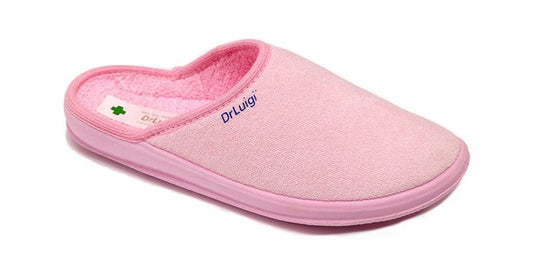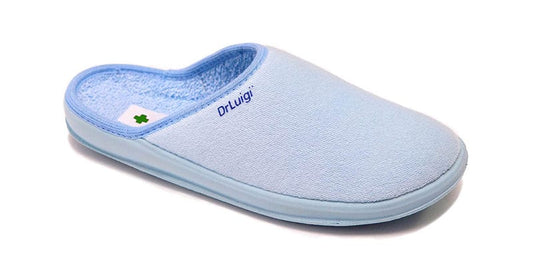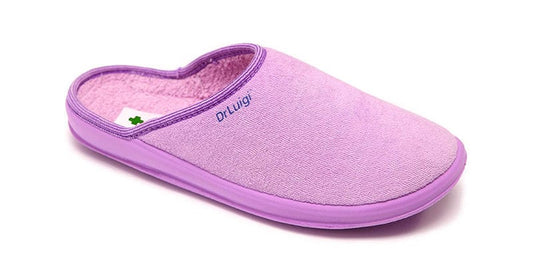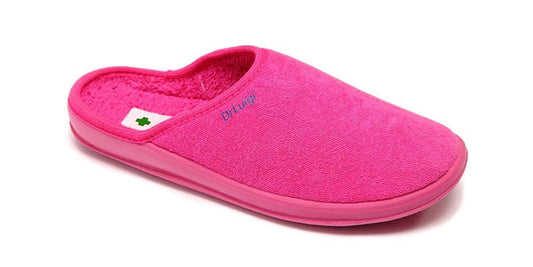Onychocryptosis, another name for ingrown nails, happens when the edge of a toenail grows into the skin instead of over it. If left untreated, this ailment can become infected, uncomfortable, and bloated.
Pain, redness, swelling, and warmth may be signs of an ingrown nail around the affected toe. Pus or other discharge may be present in various circumstances.
An ingrown nail can be brought on by a variety of factors, including but not exclusive to;
-
Shoes. There is a strong probability that your toes will get jammed into the shoes if you wear shoes that are the wrong size, have narrowing at the toes (such as high heels or dress shoes), or lack support. Your nail may eventually curl into the skin as a result as it grows.
-
Sports. Ingrown nails are more common in kids who participate in sports. Likewise, wearing tight shoes without any kind of support increases pressure on the nails, causing them to dig into the skin.
-
making them too brief. The sides of the nails can begin to grow into the skin if they are trimmed too short or at an angle.
-
Genetics. Both mom and dad had them when they were kids. You are more prone to have them if this is the case.
An ingrown nail may contract an infection.
Warm water soaks for the affected toe, gently lifting the edge of the nail and tucking a piece of cotton or dental floss below it, as well as over-the-counter painkillers, can all be used as treatments for ingrown nails. In more extreme situations, a doctor might have to cut out a section of the nail or give an antibiotic prescription to treat an infection. Experst also recommende wearing quality shoes like DrLuigi medical footwear made from breathable material.
Ingrown nails can be prevented by properly clipping the nails straight across, staying away from socks and shoes that are too tight, and guarding against injuries to the toes.





